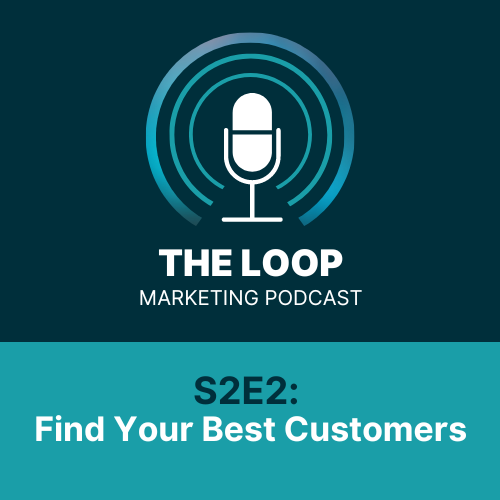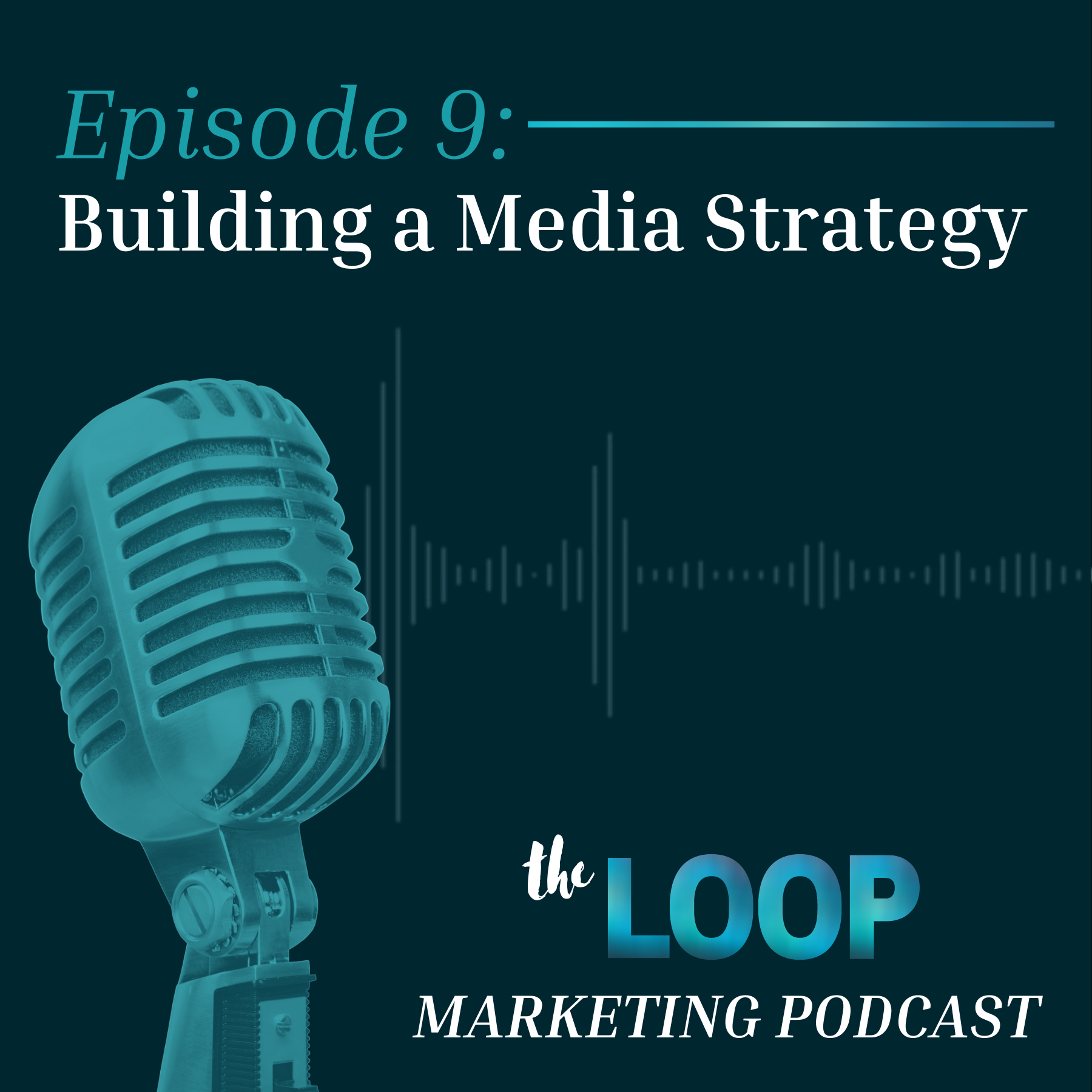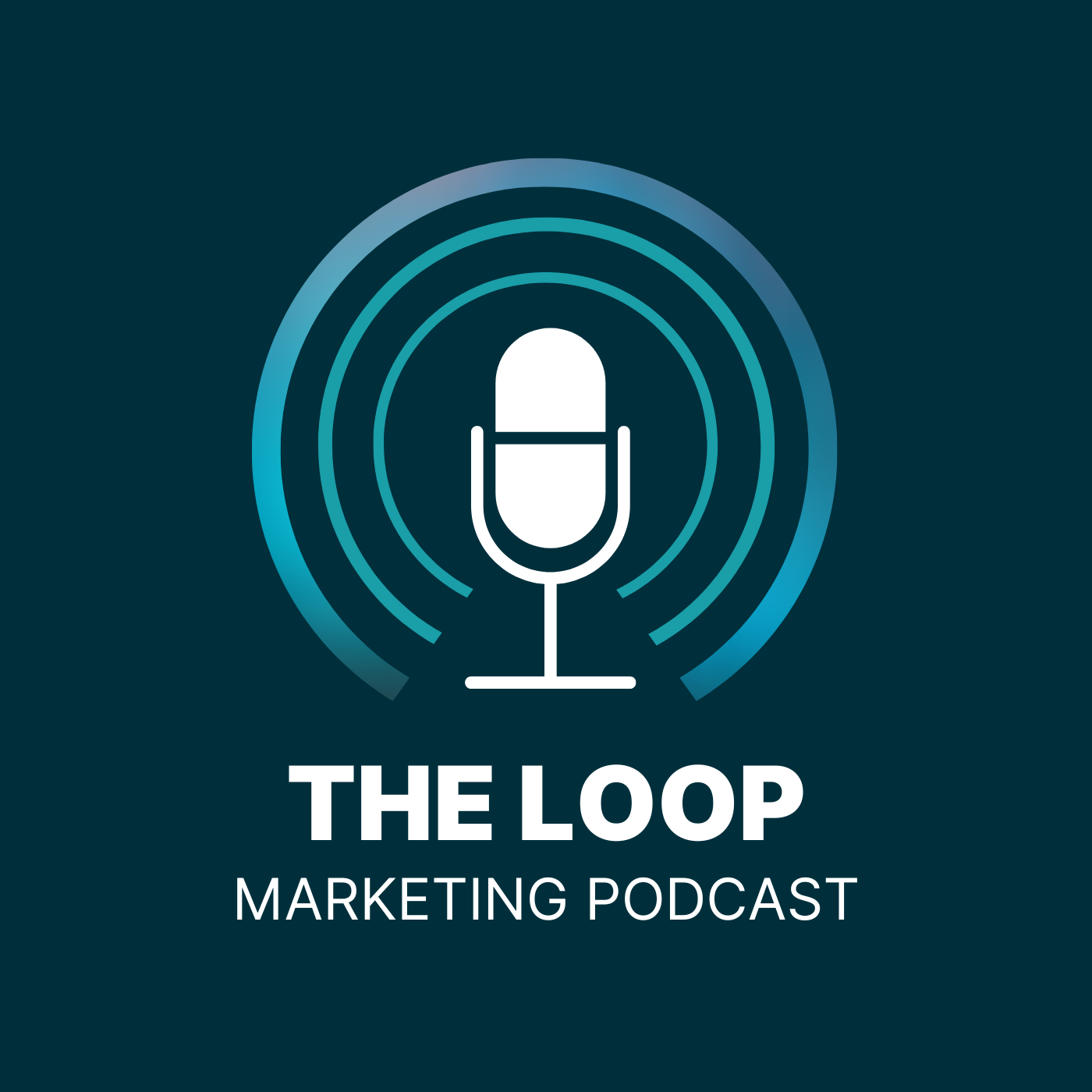Episode Transcript
Elise:
Hello and welcome to The Loop Marketing Podcast. I'm your host Elise Stieferman, Director of Marketing at Coegi. Let's get started. All right, so today we're talking about empowering employees, and I've got President Sean Cotton with us today, as well as Vice President of Account Strategy, Shana Raines. So to kick it off, I would love to just hear what comes to mind when you think of an empowered employee? What does that look like for you? Shana, do you wanna start off?
Shana:
Sure, to me, an empowered employee is someone who feels comfortable sharing their perspective, contributing, and being an active member of the department, agency, or account team. It's someone that feels confident and supported in their role with the agency, and their role in the department. And just in general, feels comfortable.
Elise:
And you, Sean, when you think of empowered employees, what comes to mind?
Sean:
Exactly what Shana says certainly comes to mind. I would add to that, an employee that feels comfortable being vulnerable. Because they're confident in their role, and they can interact with their peers and with their managers in a way that they can ask for help when needed. Or they can let them know when they're struggling with something, rather than feeling like they have to hide it and do things behind the scenes. They feel empowered enough to tap into the resources around them.
Elise:
I know that at Coegi, one of our core tenants is surrounding the idea of giving employees a voice. So I think a lot of companies have that vision, but don't necessarily enforce it or bring it to life. So Sean, how do you help make that a reality at Coegi?
Sean:
Well, I think it starts with the first day for all of our new employees and all the employees that have joined us over the years, when I talk about the Coegi way. We're all familiar with the Coegi way, it's on our website as well. I ask every employee, it's usually their first or second day, hold me accountable to these principles that make up the Coegi way. That means that if you see, or you feel like we're not putting forth the best effort to implement them, please let me know. You can let me know personally, let your manager know, your VP. I hold all of my VPs to the same standard, hold me accountable to it.
Have your people hold you accountable to that. I think that by establishing that in the very beginning, it gives that license to employees to use their voice, because we expect it of them. Now, when they use that voice, it's very important that as leaders, we don't try to quiet it or we don't discourage them. They build up the courage or the initiative to say something, then if you shut that down, well, they probably won't do it again. So it's important to listen, to take that feedback, process it, and acknowledge it, so that it becomes a habit.
Elise:
I expect that it's usually easier for employees to have that vulnerability and use that voice in one-on-one meetings when they built that trust and relationship with their managers. Oftentimes where we’re wanting to see that voice be heard is through brainstorming sessions or just department updates. So Shana, can you talk to me a little bit about how you bring introverts out of their shell and make them feel empowered to share great ideas in group settings? How do you make the brainstorm effective in sharing different personality types that may come to light, but also making it a place where it's a safe zone to share ideas?
Shana:
There are meetings where there are people that are very comfortable, and can, whether intended or not, dominate a conversation. So, I think those are opportunities, whoever's leading it or just members of the team to say, so and so, don't you, have you have experience in this? What do you think? Or is there anything additional that you would want to contribute or share in this? So you're opening the opportunity if they say, No, that's it. Then, don't push it. Sometimes it just kind of puts that spotlight or gives them the opportunity to speak when otherwise they might be a little bit more reserved.
As we're having conversations, whether it's in a department meeting or it's a brainstorm, those are opportunities where it's like, you know what, you should reach out to the marketing and innovation team. I bet that'd be a great thought leadership piece. Or, this would benefit the agency, we should do a lunch and learn. Sometimes giving them the opportunity to prepare ahead of time gives them that chance to use their voice to share their experience, but in a way that they're comfortable with. Not everybody wants to kind of wing it as they go or put the spotlight on them without anticipating it. So, really just trying to find areas where I know that they feel confident in their experience, and then elevating them in those moments.
Elise:
When we're thinking about putting those guidelines, or programs in place where people are given a platform to prepare to share those ideas, instead of having those one off, what do you think? And then be like, I'm on the spot, I'd rather not, I wanna think about it before I speak. What are some programs that can be put in place in organizations to help facilitate that idea sharing or create avenues to bring innovation to the table and things like that?
Sean:
Well, I think one awesome program, Elise, is one that your department has spearheaded, and that's the content incentives program. Where we really encourage individuals to share their viewpoints, their areas of expertise, and to assemble ideas. Then, your department can take it and maybe tweak it and send it back as a draft. Then we feature those employees in our blog or in our social media, or even in industry trade articles. We feature our people as the byline for those articles. I think that's been great for our company to empower our employees to feel like they're being featured as experts, which they are, and the company supports that.
Shana:
The written opportunity, whether it's a POV or a white paper, in the same context, I think is beneficial. A lot of people are more comfortable being behind pen and paper than they are on camera. So, having that opportunity to get creative with an infographic or whatnot. I think also just going outside the box. So like we were talking about a little bit, about our lunch and learns, and they are not always industry or topic specific. Sometimes it's common interests or lifestyle. One of my favorites was when the team did the one on the royal family or, gardening, or whatever it may be, drink mixing. How do you make a drink, we had three or four cocktails to learn. It's the practice of putting a presentation together. There is a flow of the content. It's practicing giving direction. It's practicing taking questions on the fly that are not expected. That's a great starting point to give somebody, to put them out there, and empower them to get out there and to use their voice in a way that they're comfortable with. Then, the next one's not so scary.
Elise:
I would say, thinking to Coegi, specifically those who are client facing, even in those relationships, it's easy to become very much task oriented. I must get X, Y, and Z done in that it, it feels like there's no time left in the day to have kind of the quiet focus time to really be creative and think of new ideas, think of ways that they can personally grow, but also help the organization grow. So how do you get employees to take that step back and allow for that time for creative thinking that can then hopefully be shared across departmentally into the organization at large?
Sean:
Well, I think it starts with simply telling them that it's okay. As I've done with you, I think numerous times over the years, I want you to spend a certain amount of your time thinking and innovating, but I also think it can be formalized through things such as, we call them growth trackers or employee development guides. In which there's a check in of an employee with their manager, their supervisor, VP, whoever it may be, and just talking about where is it that you want to be in your career over the next year, over the next two years. And then hoping to help that individual to appreciate, we wanna help you get there. In order to do that, you do need to spend this amount of time developing this skill or, maybe this thought process and, they need to dedicate that time to developing that so they continue to grow and advance.
Shana:
I think teaching it's okay to say, “I need some time” and “let me think on that.” Right. I think that's a good relatable or transferable skill. You go back to account management and client service, and you're in a client meeting and a client asks you something and, the service provider in us wants to instantly give an answer or say, “yep we can do that.” Leading by example, and showing that it's okay to say, “That's a great question. I wanna take it back to the team, think on it a little bit and make sure that I've got the right direction on this, and then I'll get back to you.” To be able to do that, not only client facing, but internally or, your conversations with your supervisor. Sean asked me something, and I'm like, I have no idea. Let me think about that. I'll get back to you on it. I think it makes it okay for people to say, “it's okay that I don't have all the answers.”
Elise:
Sometimes I feel like those answers are found by just speaking with other employees who've had that experience or have a point of view on that. Where I've seen a lot of people's voices really be lifted up are things like focus groups or cross-departmental trainings. So, how would you advise others who are in that source of leadership to create an avenue of shared resources or shared collaboration that occurs amidst different people in different departments or in different seniority throughout the organization?
Shana:
Google Chat has really been a useful tool. Being able to kind of monitor different conversations that are going on either with your department, or in a certain account. It's a good way to say, “Hey, I've got a question, does anybody have time over the next day or so to help with this?” So, you're reaching out to your network, and seeing how others are doing the same, I think that's a great way to go about it. We're a very collaborative organization and, I think even from the start of initial interviews and whatnot that comes through.
With our training, even, it’s a two week process of meeting with different individuals in different departments and about different topics, you have at least a baseline level of comfort and recognition of someone. So you're not essentially cold calling on somebody you've never spoken to. More likely than not you've had an interaction. So I think that helps. Sometimes I'll just flat out say, you know what? You should reach out to so and so with this, there may be others that are just as qualified, but this is somebody I think that they actually need to spend some time talking to for various reasons. So, those are times where, I'll put it upon myself just to say, I think you need to go reach out to this person.
Sean:
I think when you get into the larger groups, and the focus groups that you mentioned, some personalities, they're ready to say everything they have to say. Whereas other ones are a little bit more hesitant. They just want to listen and they only want to say something if they're absolutely sure that it's right. Setting the tone early, especially when there's multiple departments, of “this is a safe space, we're here to get ideas on the table.” So, every idea is a good idea, every thought's a good thought. That's the purpose of this meeting, that's the entire purpose. The purpose isn't to be right, the purpose is to get all of the ideas on the table. I would say I’m the most guilty of always throwing ideas out.
Most of you have learned, here goes Sean again. We'll just let him get it out of his system, and then eventually we'll come back around, and we'll settle on something. But hopefully, I think it does spark thinking, because if that initial thing that I say wasn't dead on, it's gonna spark thinking, “Oh, okay. But what may be the solution or what part of that may be, right?” Just setting the tone in those focus groups and those brainstorming sessions of making everybody feel comfortable to share ideas.
Elise:
Well, thank you so much for the great conversation today.
Sean:
Thanks, Elise. Appreciate it.
Elise:
Thank you for listening. Coegi is an industry leading performance marketing agency based in the Midwest. We've learned a lot since our founding in 2014 and started The Loop Marketing Podcast to share some of our hot takes on marketing trends we're following, best practices, we've discovered and actionable tips for improving your digital strategy. We'll see you next time.


